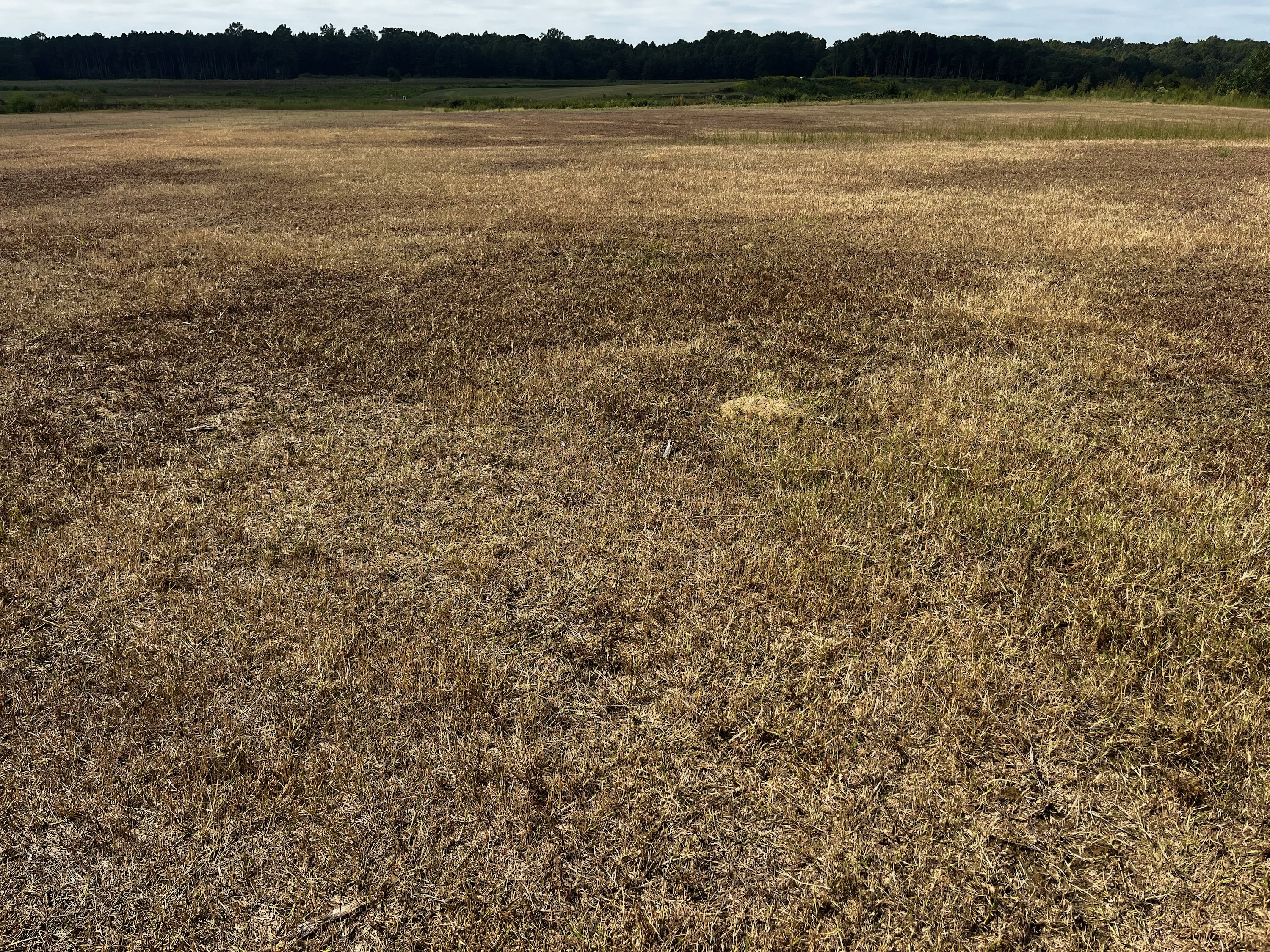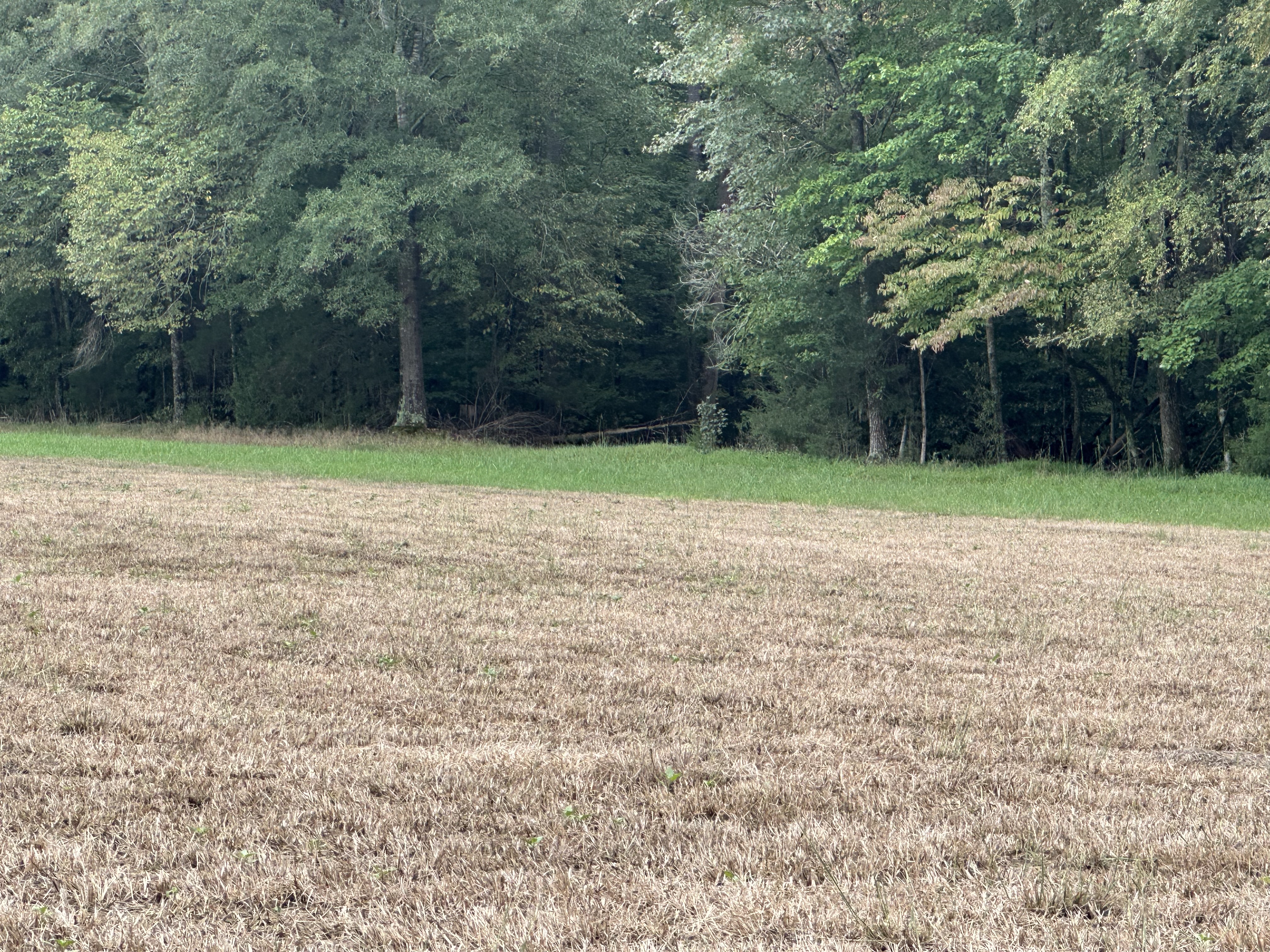Prepare to Monitor Pests and Prevent Damages in Pastures (Upcoming Workshop and Webinar)
go.ncsu.edu/readext?1074007
en Español / em Português
El inglés es el idioma de control de esta página. En la medida en que haya algún conflicto entre la traducción al inglés y la traducción, el inglés prevalece.
Al hacer clic en el enlace de traducción se activa un servicio de traducción gratuito para convertir la página al español. Al igual que con cualquier traducción por Internet, la conversión no es sensible al contexto y puede que no traduzca el texto en su significado original. NC State Extension no garantiza la exactitud del texto traducido. Por favor, tenga en cuenta que algunas aplicaciones y/o servicios pueden no funcionar como se espera cuando se traducen.
Português
Inglês é o idioma de controle desta página. Na medida que haja algum conflito entre o texto original em Inglês e a tradução, o Inglês prevalece.
Ao clicar no link de tradução, um serviço gratuito de tradução será ativado para converter a página para o Português. Como em qualquer tradução pela internet, a conversão não é sensivel ao contexto e pode não ocorrer a tradução para o significado orginal. O serviço de Extensão da Carolina do Norte (NC State Extension) não garante a exatidão do texto traduzido. Por favor, observe que algumas funções ou serviços podem não funcionar como esperado após a tradução.
English
English is the controlling language of this page. To the extent there is any conflict between the English text and the translation, English controls.
Clicking on the translation link activates a free translation service to convert the page to Spanish. As with any Internet translation, the conversion is not context-sensitive and may not translate the text to its original meaning. NC State Extension does not guarantee the accuracy of the translated text. Please note that some applications and/or services may not function as expected when translated.
Collapse ▲In 2024, we experienced a significant resurgence of fall armyworm infestations, resulting in notable damage to both tall fescue and bermudagrass hayfields and pastures across North Carolina. These two perennial forages – tall fescue being a cool-season species and bermudagrass a warm-season one – were both impacted.
Below, I have included photos and a video taken in September 2024. This time of the year is particularly transitional; while bermudagrass remains green, its growth rate slows substantially due to cooler temperatures. Meanwhile, tall fescue begins its seasonal regrowth.
The level of fall armyworm damage observed in 2024 marked the end of a 3- to 4-year period with minimal reports of infestation and damage. This serves as an important reminder that even in year with little to no pest activity, regular monitoring remains essential to protect forage systems.
A list of recommended control products is available (here). It’s worth noting that damage appears to be more commonly reported in hayfields (which are clipped) than in grazed pastures. However, if armyworm populations reach the treatment threshold of 3 larvae per square foot and pastures are not grazed promptly, significant damage can still occur.
Two events to help you prepare to manage fire ants and fall armyworm in North Carolina:
- Extension workshop in Pittsboro, NC, June 17, 6-8 p.m. (registration details here).
- Annual Forage Webinar Series: Webinar on July 15, 3-4 p.m. by Dr. Terri Billeinsen. Registration details can be found here.
Video of fall armyworm feeding on tall fescue (Recorded on 26 September 2024, Orange County)




